GST: Small Cars To Cost More; Luxury Cars, Two-Wheelers Could Benefit
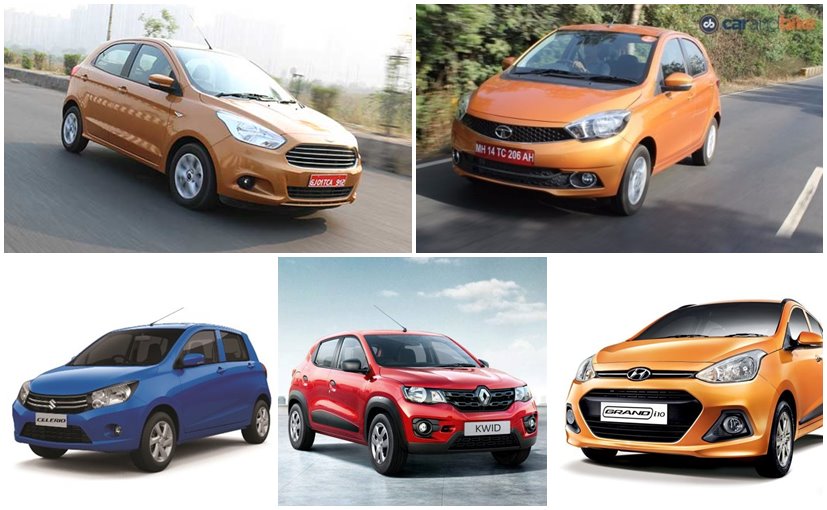
- Motorcycles with more than 350cc engine will attract a total of 31% tax
- Small diesel cars with engine of less than 1500 cc to be charged 3% cess
- Mid-sized cars, SUVs and luxury cars will attract 15% cess
Small cars less than four metres in length and with petrol engine of up to 1200 cc will attract 1 per cent cess on top of the peak rate. Small diesel cars with engine of less than 1500 cc will be charged 3 per cent cess. Mid-sized cars, SUVs and luxury cars will all attract 15 per cent cess.
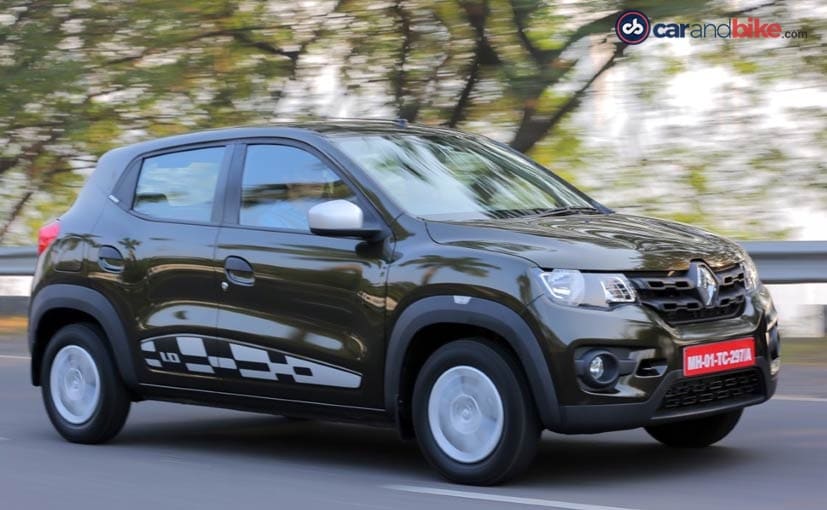
Now, the Society of India Automobile Manufacturers or SIAM has already suggested a 2 slab approach to this issue - since many members have been worried about the taxation gap between smaller and larger cars shrinking. But it seems the government has consensus on a uniform rate.
While small cars will probably see a price hike, luxury car manufacturers might have something to smile about. It appears that thanks to this fixed slab of 28 per cent there could be a minor decline in prices of large luxury cars and SUVs. Currently, SUVs and cars which come with engines that are 1500cc or larger, the current taxation is between 41.5 to 44.5 per cent - 27-30 per cent central excise duty and the addition of state VAT. The implementation of GST on luxury cars will see a base 28 per cent tax and a 15 per cent cess which may see the total tax on such cars coming up to 43 per cent which is lower than what it currently is. So, we do expect a drop in price of such cars. Hybrid cars of more than 1500 cc engine would attract 15 per cent cess.
Motorcycles of more than 350 cc engine capacity will also attract an additional cess to the base 28 per cent tax. The cess for motorcycles with more than 350 cc engine has been kept at 3 per cent, taking the total incidence of taxation to 31 per cent. The two-wheeler sector currently faces as many as 13 different types of taxations taking the rate to 28 - 35 per cent.
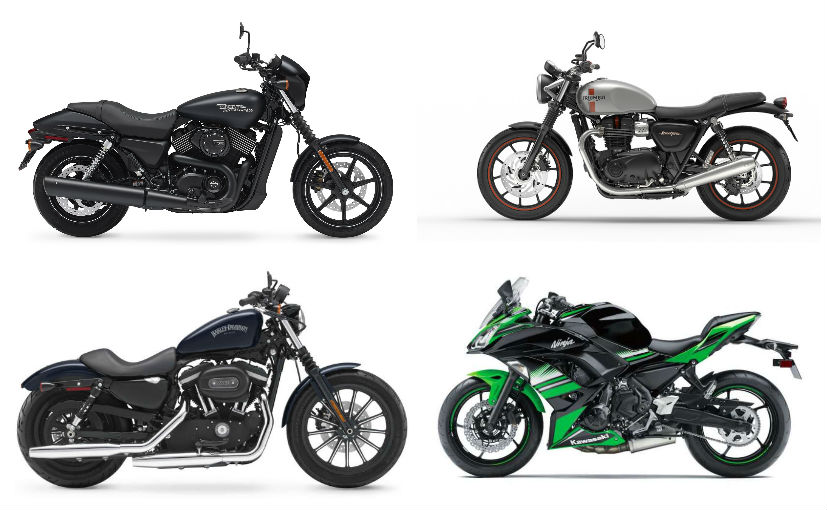
Sarika Goel, Tax Partner, EY India, said "While the GST Council debated GST rates for vehicles, no consensus was reached on the same during today's meeting. While the taxation of luxury vehicles is widely being expected at 28% plus a cess of 15%, what is interesting to note is, that as per the media reports, the Council seems to be considering levy of a cess even on small cars in addition to GST at 28%, albeit at a much lower rate compared to luxury vehicles. Definition of what would classify as small cars and luxury cars respectively is also awaited - it appears likely that the same would be based on engine capacity, length etc rather than the retail price. The FM, during the press conference post today's meeting, mentioned industrial intermediates being taxed at 18 per cent GST; however, it is not yet clear whether auto components would fall under this category."
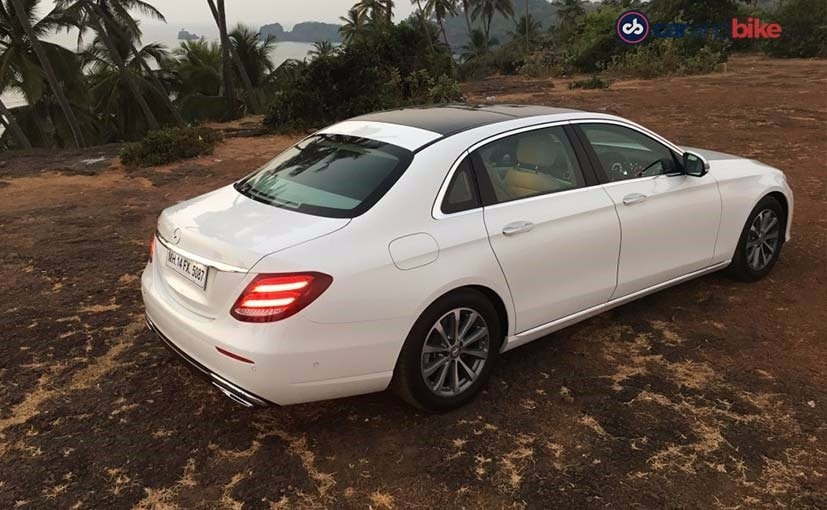
The industry is also waiting to know more about the tax levied on the auto component manufacturers. An executive from an automotive company said, "What needs to be seen is the taxation structure for the auto components manufacturers. If there is a sharp rise in the prices of components, we'll probably have to go back to the drawing board as far as pricing of the product is concerned."
We'll have to wait and watch now because the auto industry needs some amount of clarity on how the government chooses to define small and big cars. Will it stay with the current definition that creates a 4 metre divide or will it opt for price tags/engine displacements as the barometer is something the government needs to clear before the new regime can set in.
Latest News
 Hansaj Kukreti | Jan 2, 2026BYD Sealion 7 Electric SUV Price Hiked By Rs 50,000BYD has increased the price of the Sealion 7 Premium by ₹50,000, effective January 1, 2026, taking it to ₹49.40 lakh; pricing for the Performance variant remains unchanged at ₹54.9 lakh, while existing bookings made before December 31, 2025, will retain the old price.1 min read
Hansaj Kukreti | Jan 2, 2026BYD Sealion 7 Electric SUV Price Hiked By Rs 50,000BYD has increased the price of the Sealion 7 Premium by ₹50,000, effective January 1, 2026, taking it to ₹49.40 lakh; pricing for the Performance variant remains unchanged at ₹54.9 lakh, while existing bookings made before December 31, 2025, will retain the old price.1 min read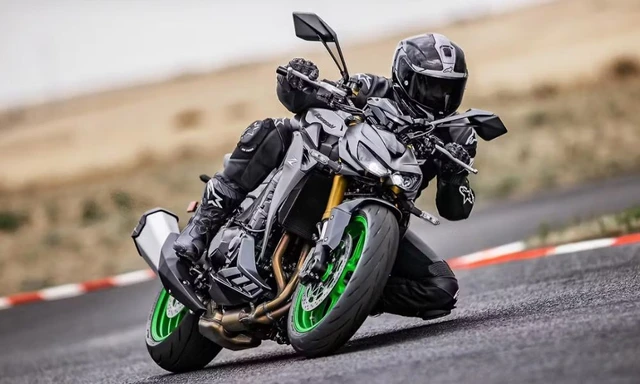 Janak Sorap | Jan 2, 2026Kawasaki Z1100 Fully Booked for 2026All 20 units of the Kawasaki Z1100 allocated for 2026 are fully reserved. Next bookings batch haven’t been announced yet.1 min read
Janak Sorap | Jan 2, 2026Kawasaki Z1100 Fully Booked for 2026All 20 units of the Kawasaki Z1100 allocated for 2026 are fully reserved. Next bookings batch haven’t been announced yet.1 min read Preetam Bora | Jan 2, 2026Ducati Panigale V4 R Launched In India At Rs. 84.99 LakhThe Ducati Panigale V4 R is a road-legal superbike, a version of Ducati’s WSBK contender that sits between the Panigale V4 S and Ducati’s MotoGP machines.1 min read
Preetam Bora | Jan 2, 2026Ducati Panigale V4 R Launched In India At Rs. 84.99 LakhThe Ducati Panigale V4 R is a road-legal superbike, a version of Ducati’s WSBK contender that sits between the Panigale V4 S and Ducati’s MotoGP machines.1 min read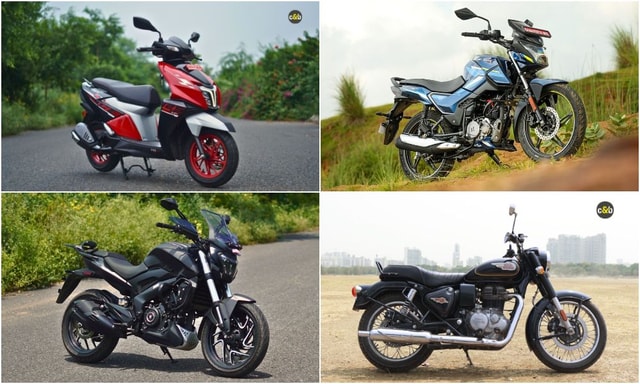 car&bike Team | Jan 2, 2026Two-Wheeler Sales December 2025: Most Brands Report Sustained GrowthIn the last month of 2025, most two-wheeler manufacturers reported strong growth numbers.1 min read
car&bike Team | Jan 2, 2026Two-Wheeler Sales December 2025: Most Brands Report Sustained GrowthIn the last month of 2025, most two-wheeler manufacturers reported strong growth numbers.1 min read Jaiveer Mehra | Jan 2, 2026New Kia Seltos vs Tata Sierra: Pricing ComparedKia has come out all guns blazing with the second-gen Seltos, with prices starting barely Rs 20,000 higher than the outgoing model. But how does it compare to the other newcomer in the segment, the Tata Sierra?5 mins read
Jaiveer Mehra | Jan 2, 2026New Kia Seltos vs Tata Sierra: Pricing ComparedKia has come out all guns blazing with the second-gen Seltos, with prices starting barely Rs 20,000 higher than the outgoing model. But how does it compare to the other newcomer in the segment, the Tata Sierra?5 mins read Bilal Firfiray | Jan 2, 2026BYD Records 4.6 Million Global Sales in 2025; EV Deliveries of 2.26 Million Could Top TeslaBYD hit 4.6 million sales in 2025 but saw its slowest growth in 5 years. Overseas deliveries crossed 1 million, while 2.26 million EV sales could push it past Tesla for the first time.2 mins read
Bilal Firfiray | Jan 2, 2026BYD Records 4.6 Million Global Sales in 2025; EV Deliveries of 2.26 Million Could Top TeslaBYD hit 4.6 million sales in 2025 but saw its slowest growth in 5 years. Overseas deliveries crossed 1 million, while 2.26 million EV sales could push it past Tesla for the first time.2 mins read
 Preetam Bora | Dec 30, 2025TVS Orbiter Review: Real-World Performance and Range TestedThe TVS Orbiter is a promising electric scooter promising decent range, practicality and pricing. But is there any reason to avoid it? We spent a few days getting to know it better.9 mins read
Preetam Bora | Dec 30, 2025TVS Orbiter Review: Real-World Performance and Range TestedThe TVS Orbiter is a promising electric scooter promising decent range, practicality and pricing. But is there any reason to avoid it? We spent a few days getting to know it better.9 mins read Jafar Rizvi | Dec 24, 2025MG Windsor EV 38 kWh Long-Term Report: IntroductionThe Windsor EV has joined our garage, and before it settles into daily duty, I took it out to get a sense of what living with an electric car is like.4 mins read
Jafar Rizvi | Dec 24, 2025MG Windsor EV 38 kWh Long-Term Report: IntroductionThe Windsor EV has joined our garage, and before it settles into daily duty, I took it out to get a sense of what living with an electric car is like.4 mins read Seshan Vijayraghvan | Dec 23, 20252026 Kia Seltos Review: Formula Is Spot On, But Is The Timing Right?The 2nd-gen Kia Seltos has arrived, but it has the challenge of facing strong rivals like the Victoris and Sierra. The question is simple - Does it still have what it takes?9 mins read
Seshan Vijayraghvan | Dec 23, 20252026 Kia Seltos Review: Formula Is Spot On, But Is The Timing Right?The 2nd-gen Kia Seltos has arrived, but it has the challenge of facing strong rivals like the Victoris and Sierra. The question is simple - Does it still have what it takes?9 mins read car&bike Team | Dec 26, 2025Tata Punch EV Long-Term Second Report: Highway Performance, Pros & ConsAfter a week of living with the Tata Punch EV Long Range—including a proper Mumbai-Nashik highway test—we've learned what this little electric SUV is really made of.1 min read
car&bike Team | Dec 26, 2025Tata Punch EV Long-Term Second Report: Highway Performance, Pros & ConsAfter a week of living with the Tata Punch EV Long Range—including a proper Mumbai-Nashik highway test—we've learned what this little electric SUV is really made of.1 min read Seshan Vijayraghvan | Dec 22, 20252026 Tata Harrier & Safari 1.5 Hyperion Review: By The Power Of Petrol!The new Tata Harrier and Safari petrol packs a new 1.5-litre TGDI Hyperion engine, but is it an ideal alternative to the diesel version?7 mins read
Seshan Vijayraghvan | Dec 22, 20252026 Tata Harrier & Safari 1.5 Hyperion Review: By The Power Of Petrol!The new Tata Harrier and Safari petrol packs a new 1.5-litre TGDI Hyperion engine, but is it an ideal alternative to the diesel version?7 mins read























































































































